Getting There
Swimming with humpback whales had been on my bucket list for the longest time. So, when my flight out to Fiji was canceled because of a global IT outage on July 19th 2024, I was devastated. It was painful calling Turkish Airlines and the travel agency about a hundred times, repeating my reservation code, contact details, and situation each time (No, I do not want a refund, No I cannot wait 3 days to fly out there, you need to rebook me onto any flight that would get me there ASAP).
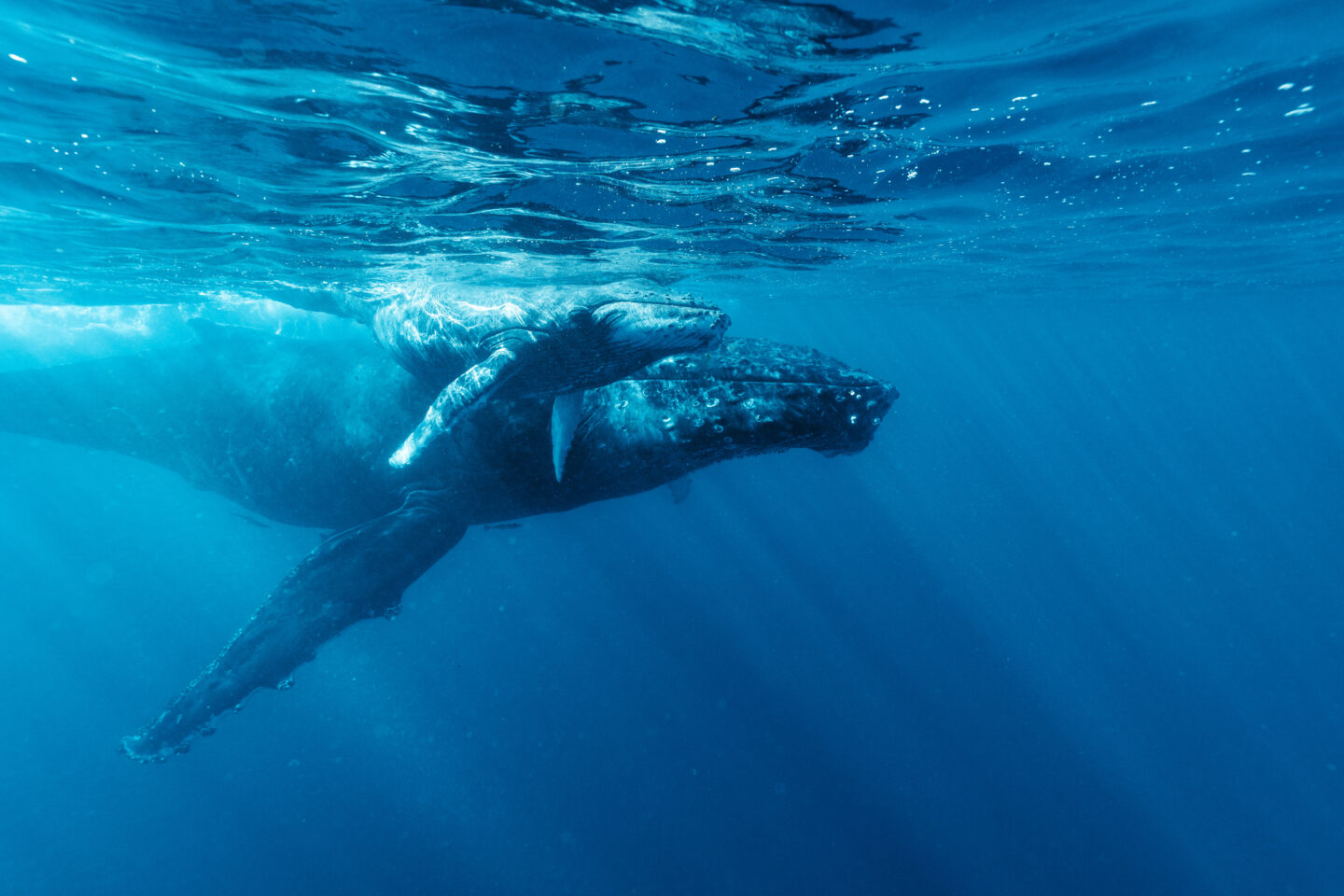
Arriving at the airport for my yet again delayed flight 24 hours later despite not having received a confirmation that I would be on the flight, was a little terrifying. I breathed a sigh of relief when they finally said, “You are no longer on standby, we have you on the 3-hour flight from Basel to Istanbul and the 14-hour flight from Istanbul to Los Angeles. You’ll have to, however, spend 13 hours layover in Istanbul and a 7.5-hour layover in Los Angeles before your 12-hour flight to Fiji, spend 7.5 hours in Fiji before your 2-hour flight onwards to Tonga.”

It took me 3 days to get to Tonga (I had to purchase new flights from Fiji to Tonga for 450 USD), but everything was worthwhile to have a chance to swim with the humpback whales.
I made the most of my layovers in both Istanbul and Los Angeles and had a fantastic time. It was my first experience being on three continents in one day. I woke up and had breakfast overlooking the beautiful Bosphorus Strait in Asia, crossed the bridge to explore the Balat district on the European side, then visited the Blue Mosque in Sultanahmet. Later, I spent my evening watching the sunset on Santa Monica Beach in Los Angeles.
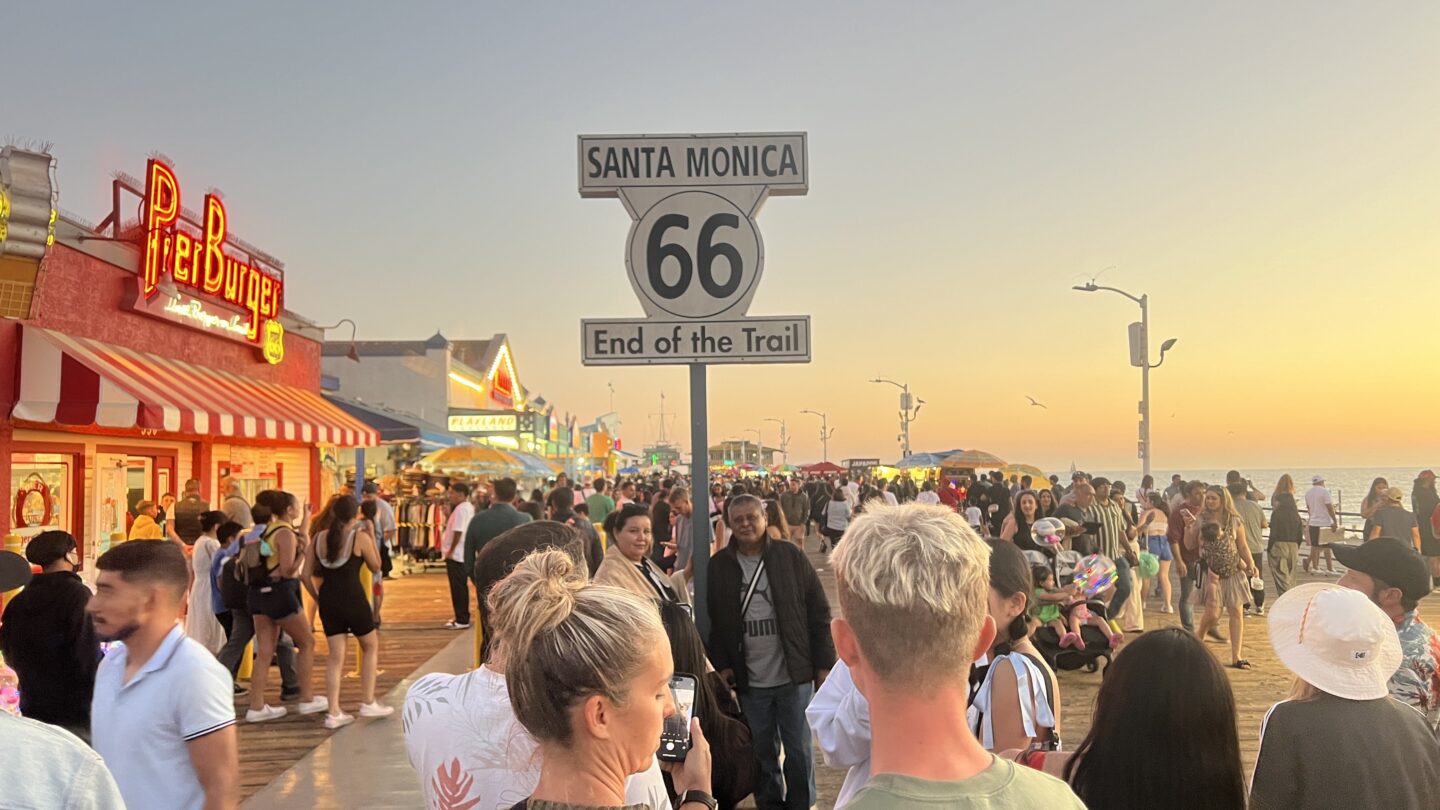
Humpback Whales in Tonga
Tonga declared its waters to be a sanctuary for whales in 1976. Populations were reported to be as low as 250 before the whaling ban but have since increased to the low thousands in Tongan waters.
It’s famous to swim with humpback whales in Tonga because these gentle giants migrate here from Antarctica to give birth and nurse their calves in the warm, shallow waters from July to October. The clear waters and the proximity of the whales make Tonga one of the best places in the world for an intimate and awe-inspiring encounter with these magnificent creatures.
I did quite a lot of research on which company to go with as it is not cheap to go on a whale swim. There are a few outer islands one can also do the trip from however as we did not have much time, we decided to stay on Tongatapu and went with the Deep Blue Dive company which I can highly recommend.
It costs 375AUD per person or 250USD to swim with the whales. A number of the people we met booked multiple day swims.
My Experience Swimming with Humpback Whales in Tonga
Group 1, GO GO GO! I pushed myself off the platform at the end of the boat and started swimming behind the guide, looking for the humpback whale. I saw it in the distance, but it looked incredibly far away, and quite soon after, I heard the captain call out: Group 1, Get back on the boat! That was not a good experience. I was a little frustrated and sad and remembered the time I had tried to swim with dolphins in Zanzibar which is an experience I wouldn’t mind erased from my memory.
In general, swimming with the humpback whales (or any wildlife) can be quite intense as unless you are lucky, you don’t really swim with the whales but rather jump in the water, swim after your guide, and hope that the whales swim past you slowly enough to get a good look. It can feel very rushed, and there is no guarantee of whale sightings. However, the staff works hard to give you a good experience. If you get seasick or are not a good swimmer, then think carefully about going, especially if it’s not a calm day as this is not a cheap trip.
Luckily, it looked like a promising start to the day. The Pacific Ocean was completely flat, resembling a swimming pool. Since I get seasick very easily, I was grateful that the water was as calm as it had been when I was in Palau ten years ago.
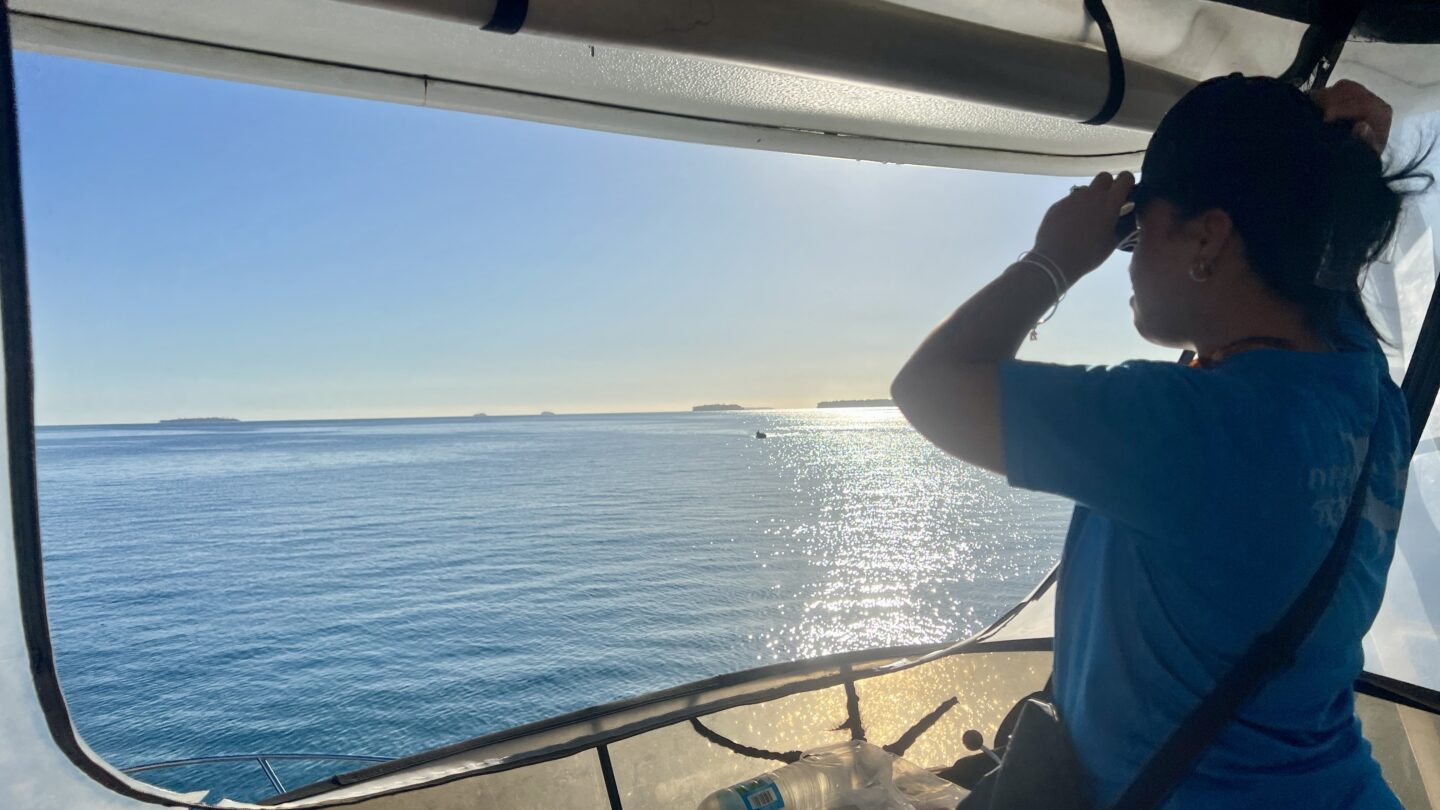
As I watched the horizon, I saw a misty spray shoot up from the surface of the water—a whale’s blow breaking the calm sea, a sign of its presence just beneath. There were two boats already out on the water and our captain was communicating with them, telling them which way the pod we could see was going.
I asked why we weren’t going out faster to chase that pod of whales. She explained that we had to find our own pod and so as not to stress the whales. There are only 3 companies with a permit to go swimming with the whales on the main island of Tongatapu and no more than 6 people is allowed per group which I found very reassuring. I remember how chaotic it was when we swam with the whale sharks in the Philippines.
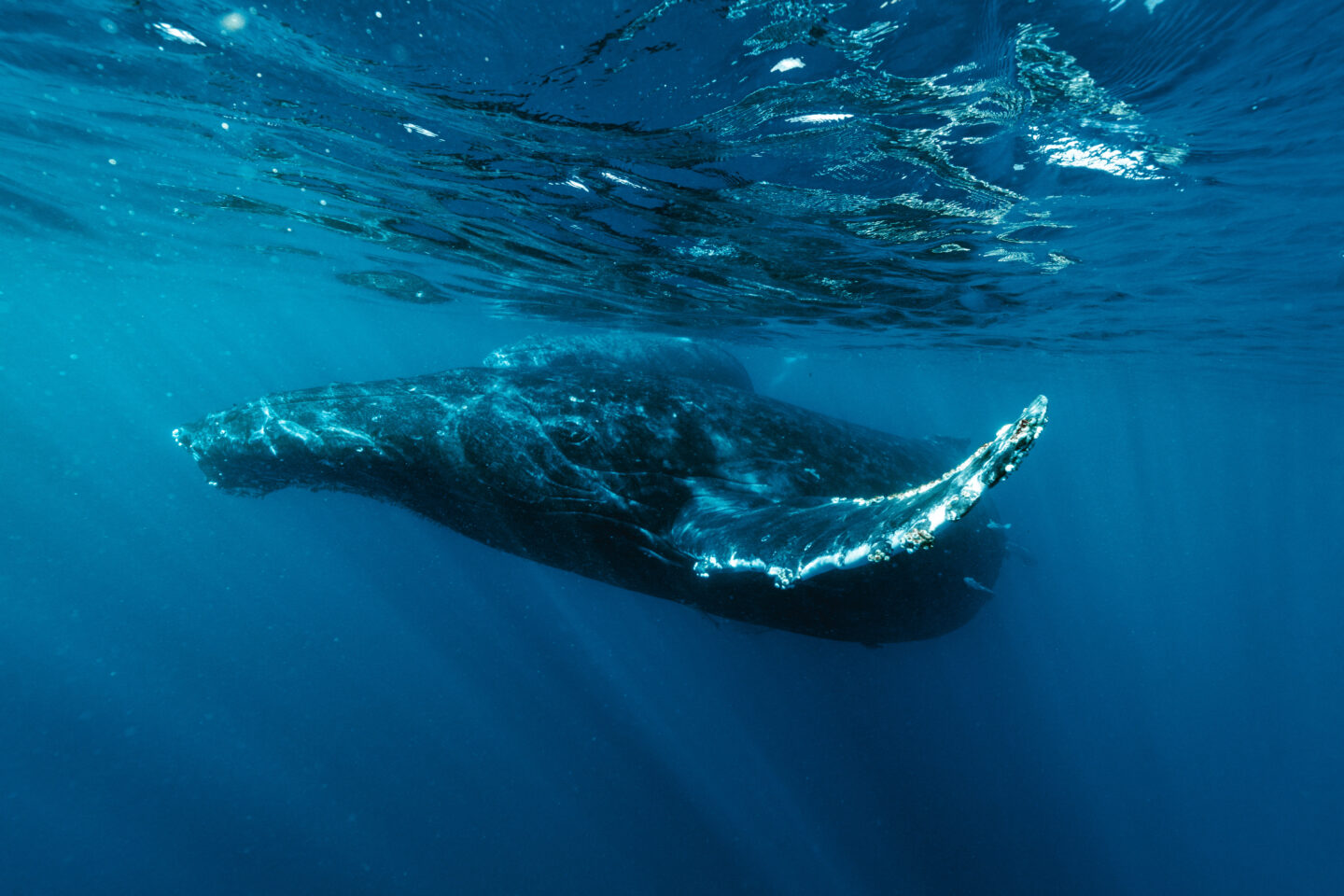
If I were the whale shark, I would have eaten up all the swimmers if I could. There was absolutely no regulation out there and I doubt many had a good encounter. Once again, luckily, I did. I was so close to the whale shark on my third swim that I could have touched it.
Back to Tonga, eventually it was Group 2 and Group 3’s turns. Luckily for them, they had a great encounter and I couldn’t wait to get into the water again. This time we hit the jackpot. As soon as I was in the water, I could hear the male humpback whale singing, and it was so loud that the vibrations from its song hit my body, causing an outer body experience. I swam fast towards the mother and calf, a newborn less than a week old.
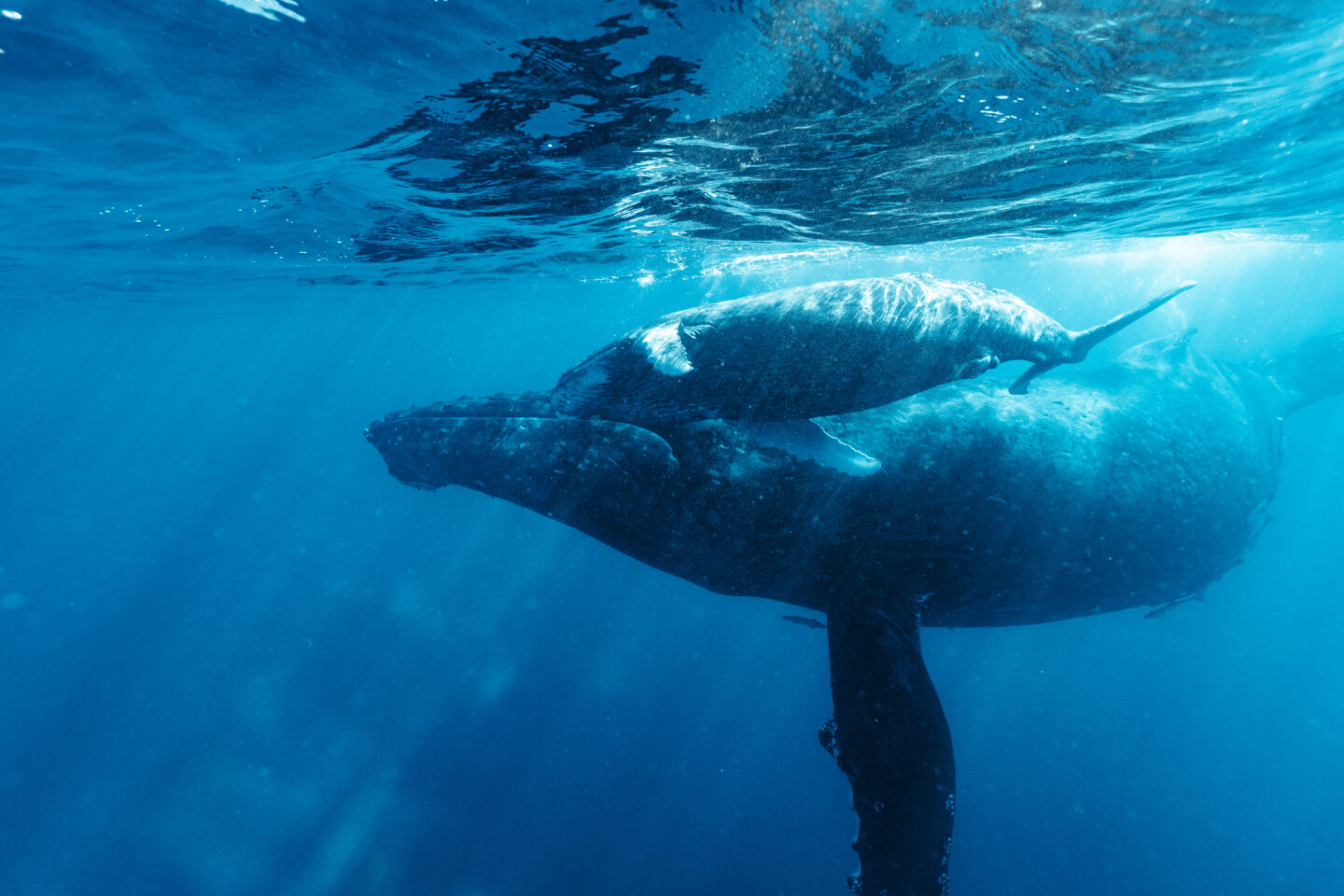
Both the mother and the male whale were approximately 15-16 meters long, while the baby measured around 3-4 meters. To my astonishment, they chose to linger near us this time. I was awestruck by the size of the mother whale and how close I was to both of them. The male swam below us, and the mother whale was so near that I could have touched her fin. However, that would have been a terrible idea given her 40-tonne weight; a mishap could easily have knocked any of us unconscious, putting us at risk of drowning.
(As I’m writing this, I am at the Filamona Lodge in Tuvalu, the least-visited country in the world and I can hear the locals singing at a funeral gathering across the road.)
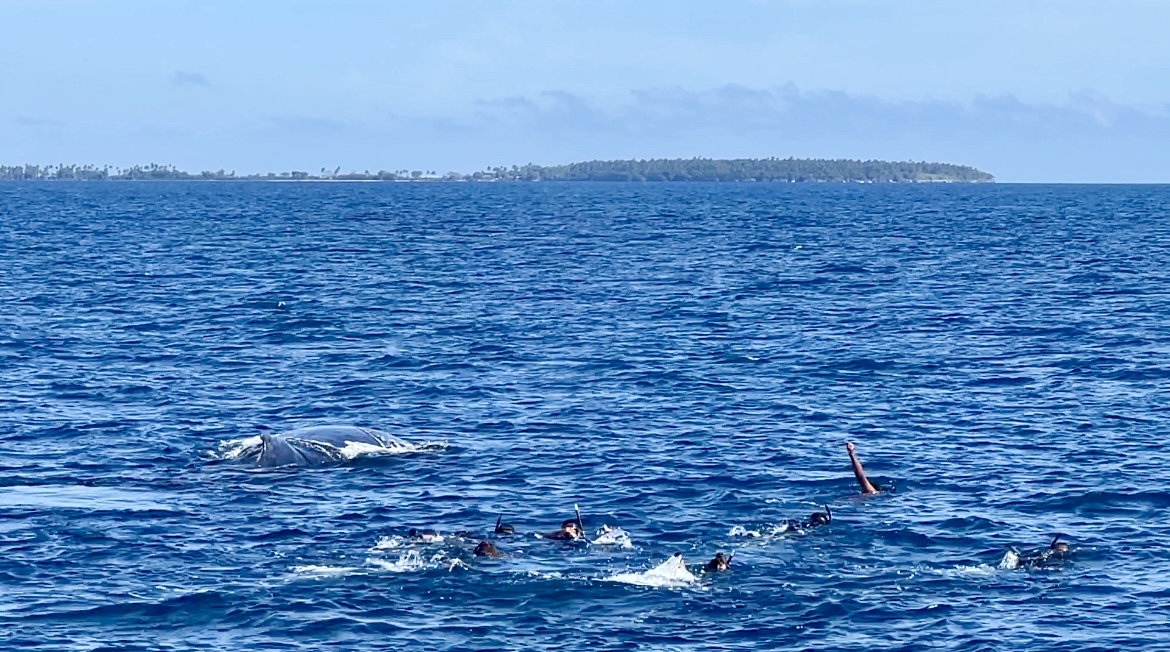
One of the guides, who had done this around 35 times, later told us that this was the best swim he had ever experienced. It was his first time hearing the male sing and seeing the mother and calf linger with us for such an extended period. We kept jumping back into the water; it was both insane and exhilarating. With the water only 8 meters deep, when the whale tilted upwards with its mouth above the surface to get a better view of its surroundings, we were able to appreciate its majestic size from another angle, making the experience incredibly special.
The mommy whale and her baby would at times gracefully turn in the water, revealing their vast white bellies. As they rotated, they flapped their massive fins enthusiastically, creating splashes and waves. There was a sense of playfulness which was a joy to watch.
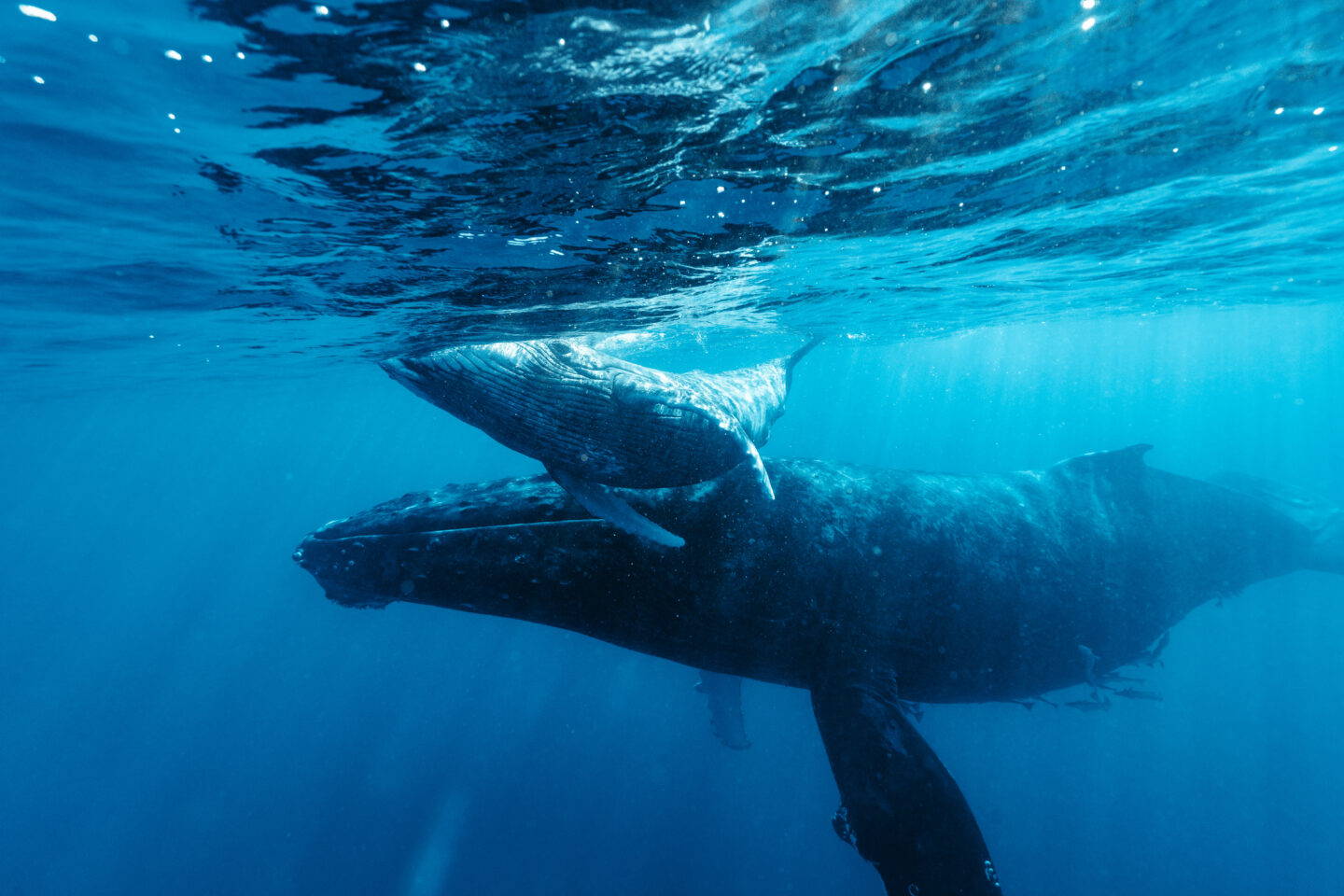
They also mentioned that our group was particularly small that day, with only 13 people. Normally, there would be 30 people, split between two boats—20 on the boat we were on and 10 on another. This would have meant longer waits between each swim. Even more incredible was the news that they had canceled all whale swims for the next three days due to the weather. I couldn’t believe how incredibly lucky I was. It was my only full day in Tonga, and it turned out to be the best whale swim encounter I could have ever asked for.
After several turns between the three groups swimming with the whales, we stopped as we were all exhausted. Being in the water was truly tiring, and each time they called us back to the boat, we felt relieved. Despite the whales not dashing away, keeping up with them while swimming in the Pacific Ocean was challenging.
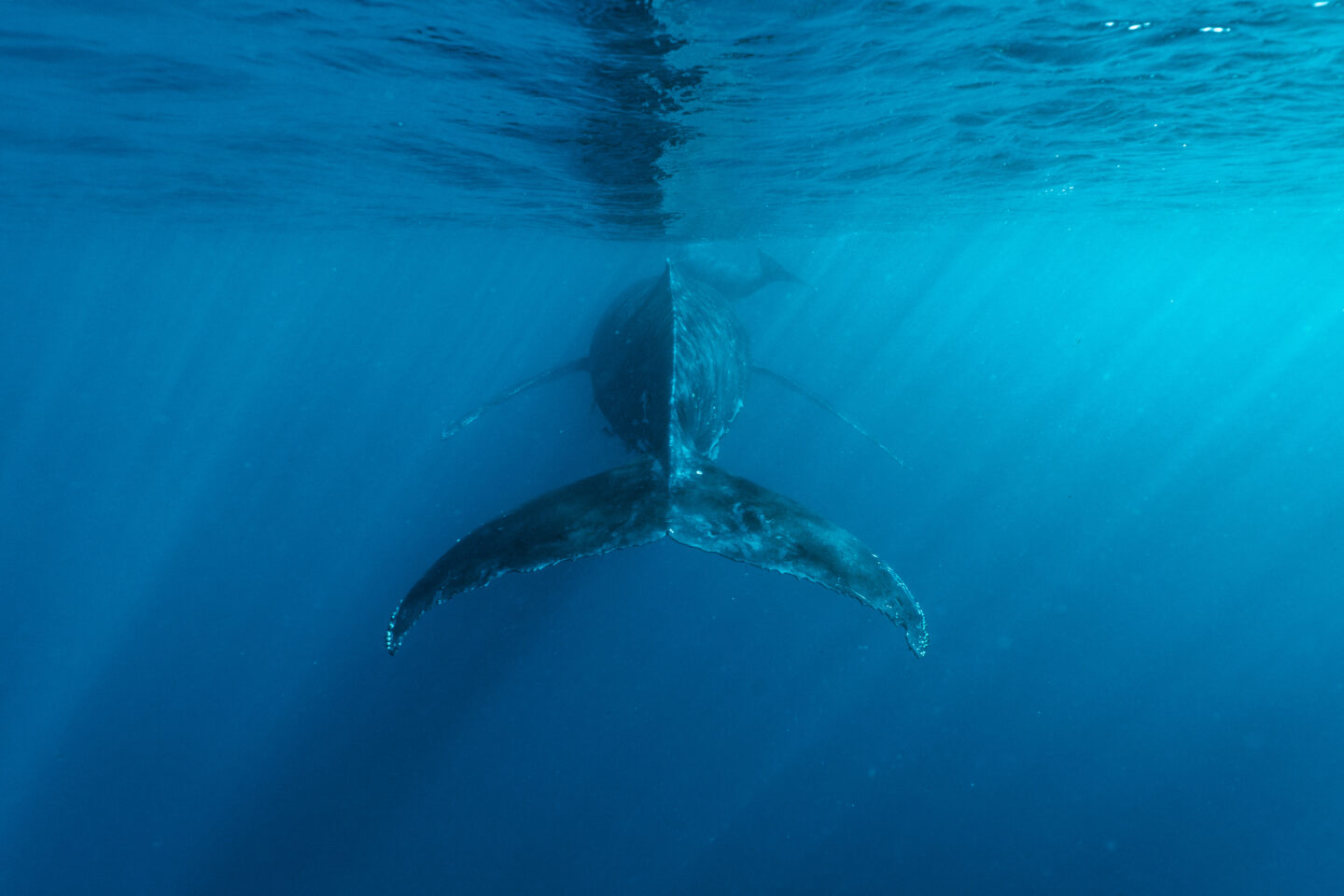
The captain of the boat decided to give the mother and calf some space, and one of the other guests used his drone to capture some amazing aerial shots.
This was my first time swimming with whales, though I had been whale watching before. While the other groups were in the water, we did a lot of whale watching from the boat. My first whale watching trip was in Cork, Ireland, which was a disaster—I threw up seven times and saw no whales despite being out for five long hours. My second trip was in Iceland, where I didn’t see any whales but did catch a glimpse of a minke whale’s blow.

Unfortunately, my third attempt at whale watching was an unexpected disappointment during a crossing from Dar-es-Salaam to Zanzibar. Everyone else saw a humpback whale, but I missed it because I was asleep. My next experience was in Cape Cod, which was successful—we saw many pods of whales. However, the boat was quite large, with possibly over a hundred people on board. My fourth time whale watching was near Lyngen North, three hours northeast of Tromsø in Norway. Despite it being noon, it was dark because the sun doesn’t rise there in winter. In the freezing cold temperatures, we saw different whales and orcas, making it a truly memorable experience.
Given how difficult it had been to find the whales on many previous occasions, it dawned on me how surreal the situation was in the boat that day in Tonga. We had such an amazing encounter with the whales in the water that we stopped caring that they were just 50 meters away from the boat. At one point, we were simply chatting with fellow guests about everything under the sun with no care that the humpback whales were just in the corner of our eyes.
I learnt from our guides that the male humpback whale accompanying the mother and calf is not necessarily the father of the calf. Instead, he is attempting to mate with the mother. After their time in warmer waters, the male will swim back to Antarctica with her, hoping to mate during the migration. That is certainly a long journey to woo a potential mate!
We were treated to a delicious lunch on the boat, along with snacks and fruits throughout our time on the water. After our lunch break, we had fun jumping from the top of the boat into the water and snorkeling closer to an island. The length of time spent on the boat depends on how good the whale encounters are. We were all thrilled with our experience and returned to the dock by 12:45 PM. Sometimes, they stay out until 3 or 4 PM, but we were fortunate enough to have such a great encounter that we returned early.
Conclusion
As with any other encounter with wildlife, keep your expectations low. Have a backup plan in case weather is not on your side, or the whales are not there. Fingers crossed, you’ll be as lucky as me!
